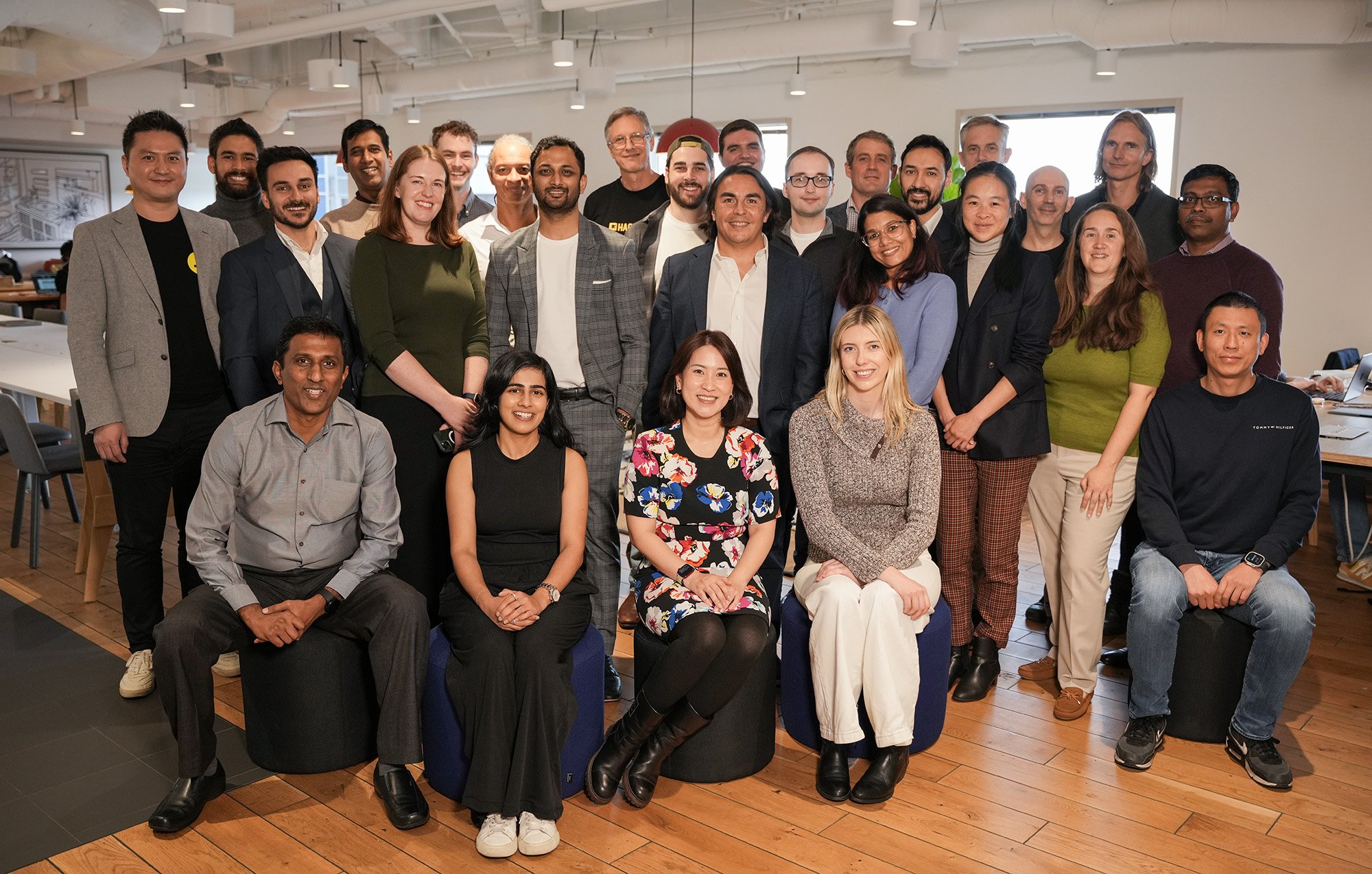AI Could Replace Two-Thirds of Jobs – How Safe Is Yours?
Image Credit: Marten Bjork | Splash
A recent exploration into artificial intelligence and its influence on employment and economic landscapes reveals a multifaceted picture, blending opportunity with uncertainty. As AI technologies advance, their applications are reshaping industries, prompting both optimism for productivity gains and apprehension over workforce stability.
AI’s Core Influence: Software and Writing Lead the Charge
Studies, including those from the International Labour Organization (ILO), highlight how tools powered by generative AI—such as language models (e.g., models from OpenAI, Anthropic)—excel in generating code (e.g., GitHub Copilot) and drafting text. This focus stems from AI’s strengths in natural language processing and automation of cognitive tasks, making it a go-to resource for programmers, legal assistants, and content creators (e.g., Jasper, Grammarly). Beyond these areas, however, AI’s utility is expanding into data analysis (e.g., predictive modelling) and customer service, signalling a broader economic footprint than initially anticipated.
[Read More: AI Music Industry Surged to Billions in Growth in 2024]
Scope of Impact: How Many Jobs Are Affected?
The International Monetary Fund (IMF) reported in 2024 that 60% of jobs in advanced economies face some level of AI exposure, with many seeing substantial task automation. The Organisation for Economic Co-operation and Development (OECD) similarly notes that jobs involving high computer use—such as office support, engineering and sciences—are particularly susceptible.
Task-based economic models (e.g., Autor, Levy, Murnane) emphasize AI’s role in automating specific duties within jobs, not entire occupations. The ILO and IMF data suggest that 25% task exposure is a reasonable threshold for “moderate” automation.
[Read More: Is Deepseek AI Replacing Civil Servants in China?]
Productivity Gains: A Proven Advantage
Reports from McKinsey, the OECD, and the World Economic Forum (WEF) consistently highlight AI’s role in improving efficiency across sectors. Academic studies (e.g., Brynjolfsson et al.) and industry analyses (e.g., PwC) describe AI as a productivity booster, particularly in automating repetitive tasks and optimizing processes.
McKinsey’s 2018 report, "Notes from the AI Frontier", projected that AI could contribute $13 trillion to global GDP by 2030, assuming widespread adoption. This figure is driven by efficiencies in task execution (e.g., automation of routine work) and resource management (e.g., supply chain optimization).
The U.S. Bureau of Labor Statistics (BLS)’s Occupational Outlook Handbook (updated 2024) notes that database administrators use software tools—including AI—to manage data more efficiently, and paralegals employ AI for document review and research, streamlining workflows.
The internet’s productivity surge in the 1990s is a documented phenomenon, where IT adoption drove a 1.5–2% annual productivity growth in the U.S.
The OECD (2023 AI report) and McKinsey emphasize that AI automates low-value tasks (e.g., data entry), allowing workers to focus on higher-value activities like strategy or innovation. This “task reallocation” is a core finding in academic work (e.g., Autor et al.) and industry reports, positioning AI as an economic accelerator.
[Read More: Are You Replaceable? Discover Which Jobs AI Can't Conquer]
The Displacement Dilemma: Jobs at Risk
Yet, the promise of productivity comes with a shadow of concern: job displacement. Forecasts from McKinsey suggest that between 400 and 800 million jobs worldwide could be lost to automation by 2030, while the IMF warns that half of AI-exposed jobs may face negative outcomes. The ILO adds a global perspective, noting that clerical roles in developing nations might never materialize due to AI’s rapid adoption. In the UK alone, estimates suggest 1 to 3 million jobs could vanish, though some experts predict reabsorption into new roles over time. Prominent economists, including MIT’s Daron Acemoglu, caution that AI’s automation may not always generate sufficient new opportunities to offset losses, fuelling debates about its long-term impact on employment stability.
[Read More: The AI Debate: Why Automation Won't Replace Jobs or Outsourcing]
Call for Action: Strategies for Stability
Amid these shifts, experts and policymakers emphasize the need for proactive measures to safeguard economic balance and ensure widespread benefits. The World Bank advocates for robust social safety nets and workforce retraining to address potential inequality, while the World Economic Forum (WEF) proposes investments in sectors like caregiving to counterbalance AI’s disruptions. Researchers like Acemoglu argue for steering AI development toward augmenting human labour rather than replacing it—a strategy aimed at fostering shared prosperity. This consensus reflects a growing recognition that without deliberate intervention, AI’s economic gains could concentrate among a few, leaving broader society to grapple with instability.
[Read More: Intel Slashes 15,000 Jobs Amidst AI Competition and Revenue Decline]
Personal Preparedness: Equipping Ourselves for the AI Wave
For individuals, the rise of AI underscores the importance of staying ahead of the curve. As automation reshapes job landscapes, equipping ourselves with relevant AI knowledge—whether through understanding its tools, learning to collaborate with it, or adapting to new roles it creates—offers a practical defense against being sidelined. Experts suggest that familiarity with AI’s capabilities, from basic applications to emerging skills like prompt engineering or data interpretation, can position us to thrive rather than be replaced. In an era where adaptability is key, proactive learning may well be the individual’s strongest tool to navigate this technological tide.
[Read More: AI Transforms Job Hunting: Your Ultimate Guide to Landing the Dream Job]












